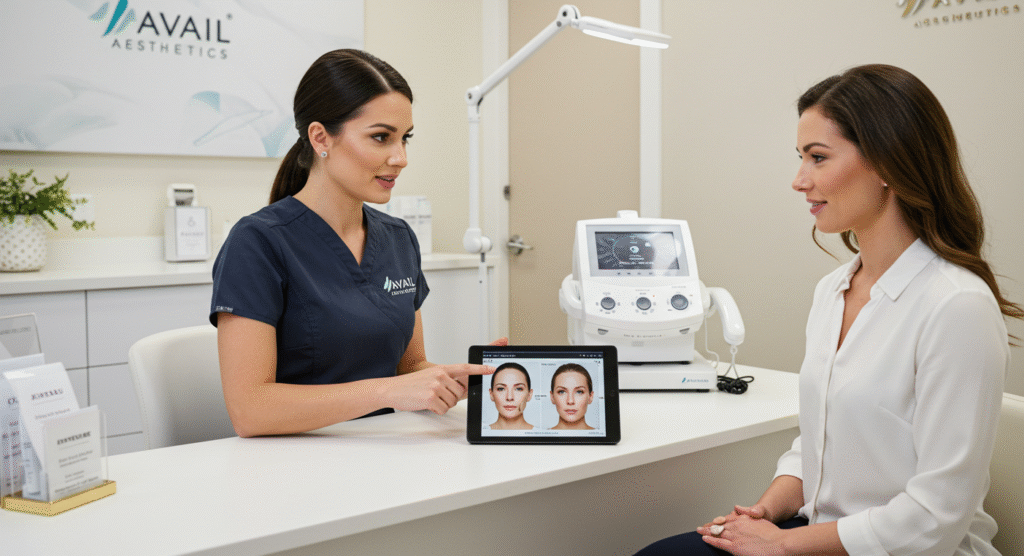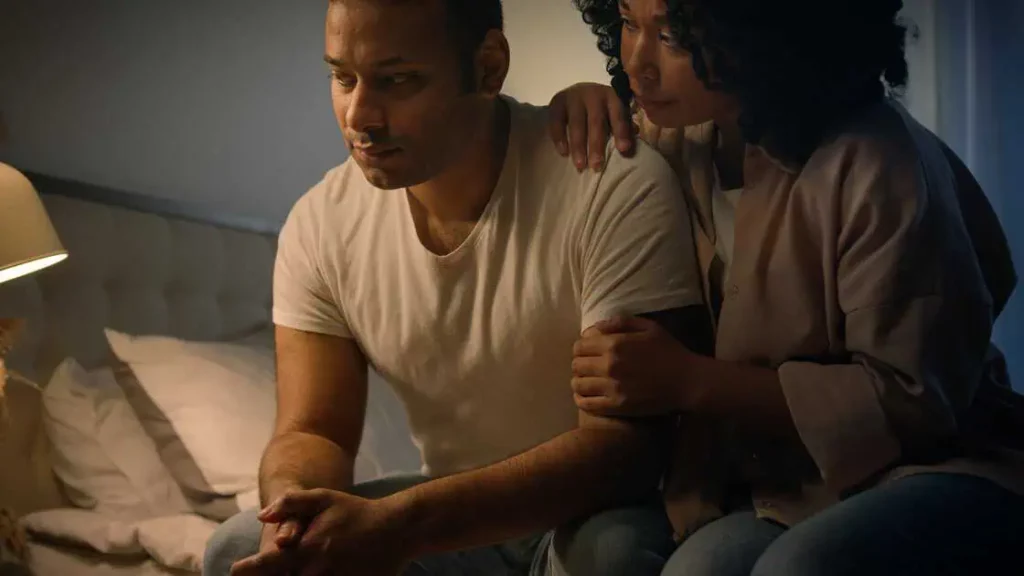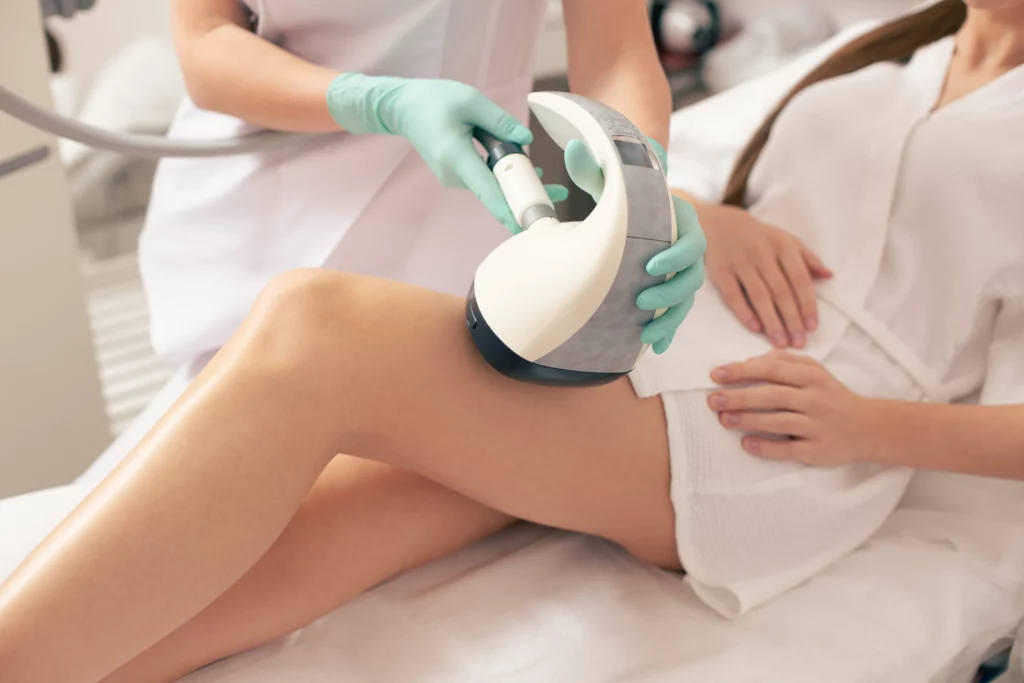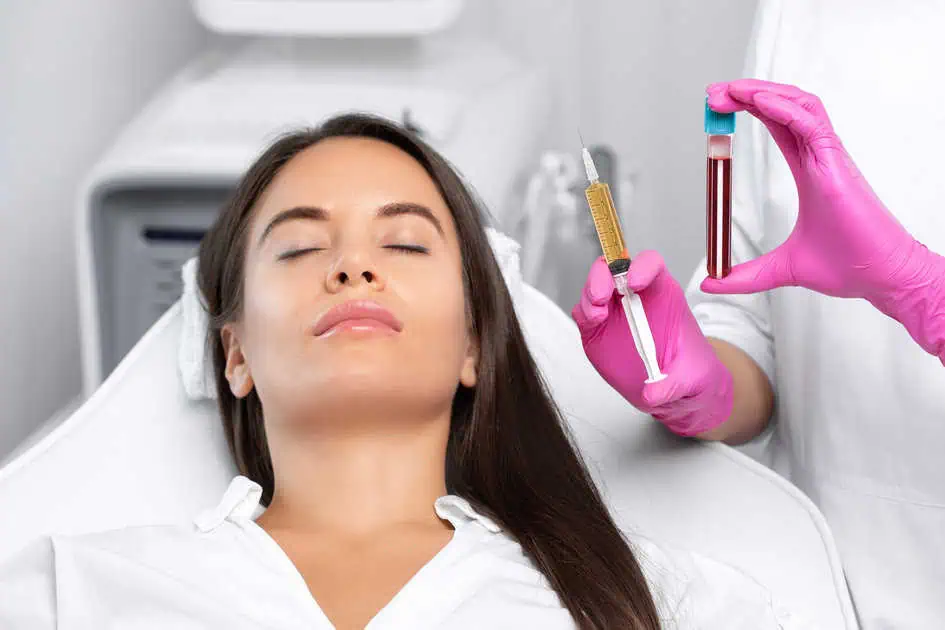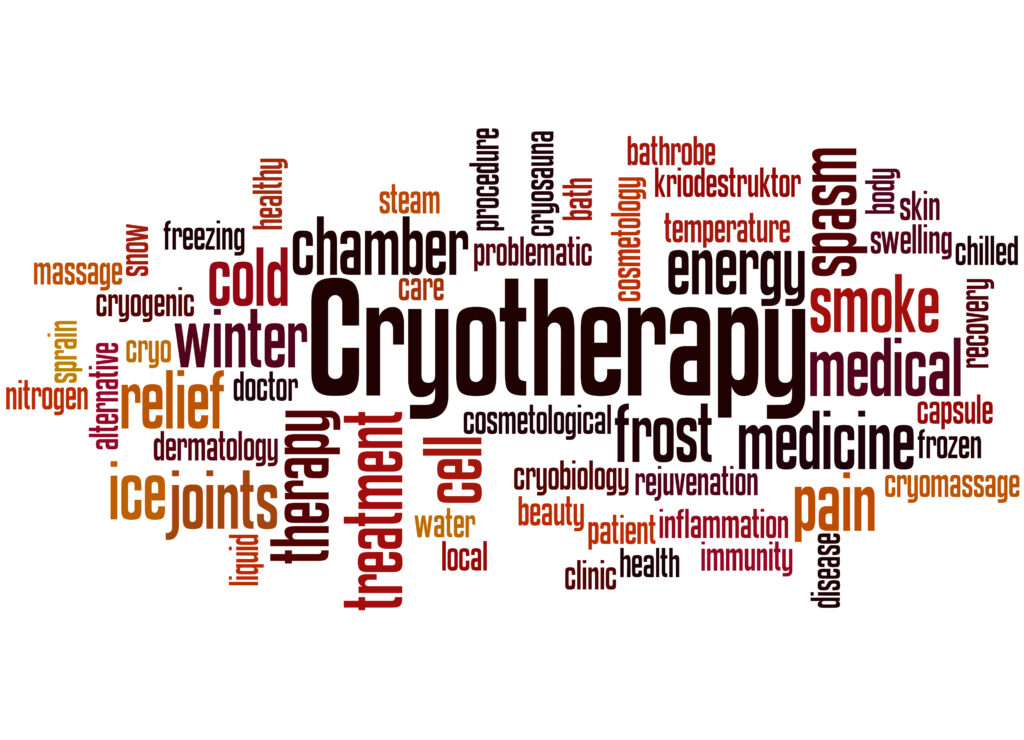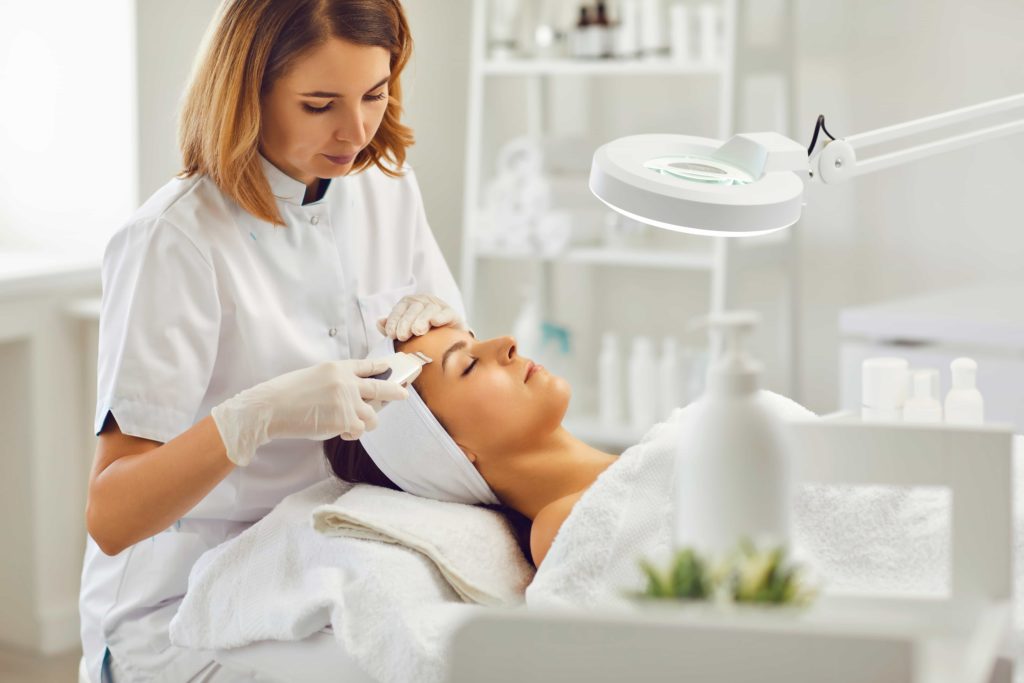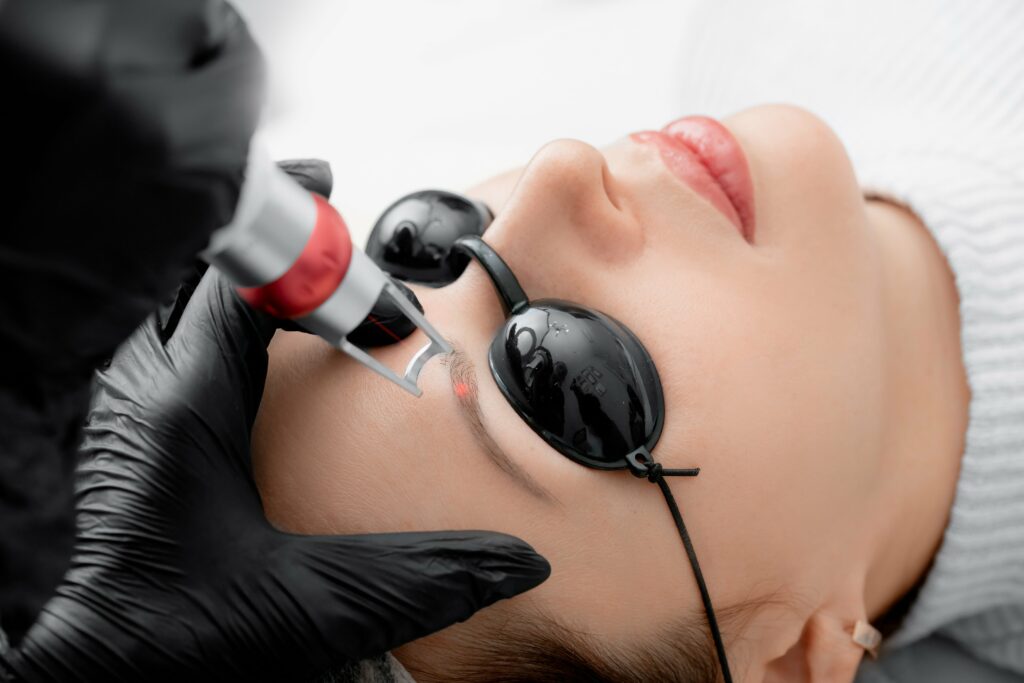Spider and varicose veins are common conditions that affect a significant portion of the population. These unsightly veins can appear on the face and legs, causing cosmetic and medical concerns for those with them. While some veins may fade away on their own, others can become a permanent fixture, leading to a search for effective treatment options. Laser vein removal has emerged as one of these options, offering a way to address these persistent veins. This treatment has garnered attention for its approach to dealing with spider and varicose veins, but questions remain about its safety and effectiveness.
What Causes Spider and Varicose Veins?
While some factors like heredity are beyond our control, awareness of other contributing elements can help us make lifestyle choices that minimize the risk of developing these unsightly veins.
1. Heredity
- Role: Genetics significantly influence the likelihood of developing spider or varicose veins.
- Risk: Higher if there’s a family history.
2. Obesity
- Role: Excess weight increases pressure on veins.
- Impact: Exacerbates the development of spider and varicose veins.
3. Trauma
- Role: Injuries can disrupt normal blood flow.
- Impact: Even minor traumas can trigger the appearance of these veins.
4. Hormonal Changes
- Role: Fluctuations in hormone levels weaken vein walls.
- Examples: Pregnancy, menopause, certain medications.
5. Prolonged Standing or Sitting
- Role: Impedes blood flow due to lack of movement.
- Prevention: Proper posture and regular movement can mitigate risk.
6. Age
- Role: Veins lose elasticity, and valves become less effective over time.
- Impact: Leads to blood pooling and forming spider and varicose veins.
Traditional Treatments
Before the advent of laser technology, several traditional treatments were available for managing spider and varicose veins. These included methods like sclerotherapy, where a solution is applied to the vein to cause it to collapse, and surgical ligation, which involves tying off a vein to prevent blood flow. Compression stockings were also commonly recommended to improve blood circulation and alleviate symptoms.
However, these traditional methods come with their own set of limitations. Sclerotherapy, for example, often requires multiple sessions and may result in skin discoloration or the formation of blood clots. Surgical ligation is more invasive and involves risks like infection and a longer recovery period. Compression stockings can offer temporary relief but do not address the root cause of the problem.
While traditional treatments have been effective, they often involve multiple sessions, potential side effects, or surgical risks. This has led to exploring alternative methods like laser vein removal, which promises to address some limitations.
What is Laser Vein Removal?
Laser vein removal is a medical procedure designed to treat spider and varicose veins using laser energy. Unlike traditional injections or surgical incisions, this technique uses focused light to target the affected veins. The laser energy heats the vein, causing the blood within it to coagulate and the vein walls to collapse. Over time, the body naturally absorbs the collapsed vein, reducing its appearance on the skin’s surface.
The procedure is generally less invasive than traditional methods like sclerotherapy or surgical ligation. It is often performed on an outpatient basis, meaning patients can usually return to normal activities shortly after treatment.
Safety of Laser Vein Removal
Generally, the procedure is less invasive than traditional methods like surgical ligation or sclerotherapy, which can come with risks such as infection or blood clots.
However, like any medical procedure, it’s not entirely without risks. Potential side effects may include skin discoloration, burns, or minor pain and swelling at the treatment site. A qualified healthcare provider experienced in laser treatments must perform the procedure to minimize these risks.
Patients are usually advised to confer their medical history and medications with their healthcare provider to assess their suitability for the procedure.
Procedure
This step-by-step guide provides a comprehensive overview of what to expect when opting for this treatment. From the initial consultation to post-treatment care and continuous upkeep, each phase plays a crucial role in the overall effectiveness and safety of the procedure. Knowing what each step entails can help you make an informed decision and prepare you for the journey ahead in treating your spider or varicose veins.
Step 1: Consultation
The first step involves a consultation with a qualified healthcare provider to assess the severity of your spider or varicose veins and determine if you’re a suitable candidate for laser vein removal.
Step 2: Pre-Treatment Preparations
Before the procedure, you may be advised to avoid certain medications or activities that could interfere with the treatment. This could include avoiding sun exposure or discontinuing blood-thinning medications.
Step 3: Laser Application
The healthcare provider will then use a laser to emit focused light energy onto the targeted veins. The laser heats the blood within the vein, causing it to coagulate. The duration of treatments can vary, lasting from as short as 5 minutes to as long as 30 minutes, based on the size of the targeted area. During the procedure, patients have reported sensations ranging from a mild tingling to something akin to snapping a rubber band.
Step 4: Vein Collapse
The heat from the laser also causes the walls of the vein to collapse. Once the vein walls have collapsed, blood flow is redirected to healthier veins.
Step 5: Post-Treatment Care
After the procedure, you may be provided with detailed post-treatment care instructions. This could include wearing compression stockings or avoiding strenuous activities for a certain period.
Step 6: Follow-Up
A follow-up appointment is usually planned to assess the efficacy of the treatment and determine if additional sessions are needed.
Step 7: Ongoing Maintenance
While the body generally absorbs the treated veins over time, new spider or varicose veins may form. Ongoing maintenance treatments may be recommended to manage these.
Takeaway
If you’re looking to take control of your spider or varicose veins and are considering laser vein removal, Avail Aesthetics is here to guide you through every step of the process. With our expert team and state-of-the-art technology, we aim to provide you with a safe and effective treatment tailored to your needs. Don’t let unsightly veins hold you back any longer. Schedule your consultation with Avail Aesthetics today and take the first step towards a healthier, more confident you—call (919) 322-5440 to book your appointment.

